Hi there, pet lovers! 🦎
If you’re looking for a pet lizard that’s as lively as it is beautiful, the Emerald Tree Skink (Lamprolepis smaragdina) might just be the perfect choice. Known for their striking green coloration and energetic personalities, these skinks are a favorite among reptile enthusiasts. However, they’re not your typical beginner-friendly pet. In this detailed review, we’ll explore everything you need to know about Emerald Tree Skinks, from their temperament and care requirements to their availability and cost. Whether you’re considering adding one to your collection or simply curious about these fascinating creatures, this guide will help you make an informed decision.
Overview
Emerald Tree Skinks are small, arboreal lizards native to the tropical forests of Southeast Asia, including the Philippines and Indonesia. They are known for their vibrant green coloration, active behavior, and social nature. Here’s a quick summary of what makes them stand out:
- Handling and Temperament: Fast and skittish, but can become interactive with patience.
- Care and Maintenance: Moderate care requirements, with a focus on humidity, climbing space, and diet.
- Health and Durability: Hardy when cared for properly, but sensitive to environmental changes.
- Availability: Not widely available; mostly wild-caught, but captive-bred options are increasing.
- Cost: Affordable to purchase, but setup costs can be significant.
- Overall: A rewarding pet for experienced reptile keepers who enjoy observing active, engaging lizards.
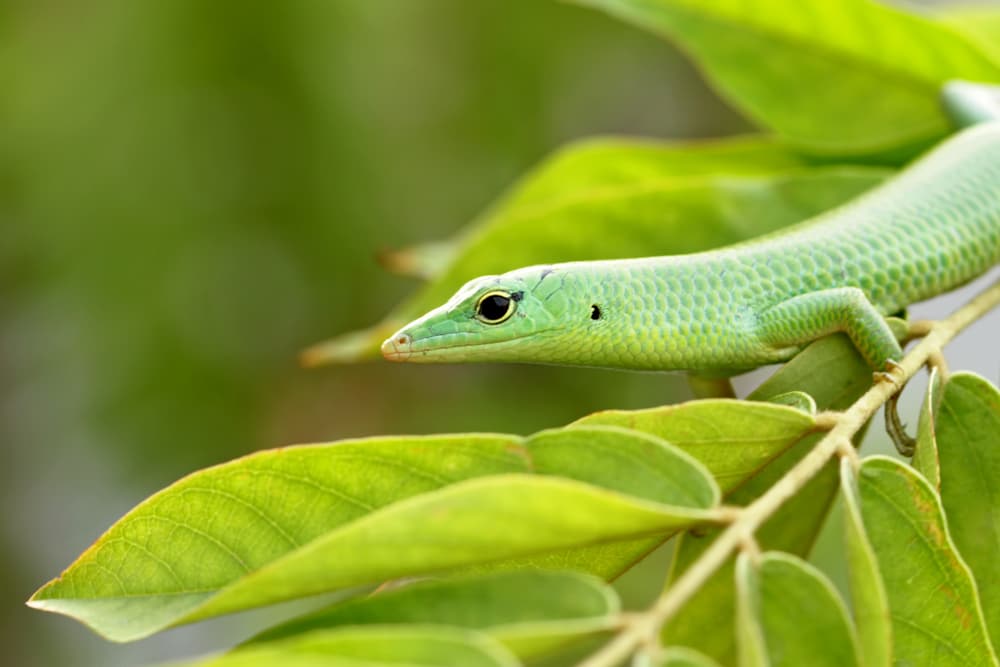
Why Choose an Emerald Tree Skink?
Emerald Tree Skinks are ideal for reptile enthusiasts who want a pet that’s both visually stunning and highly interactive. Their bright green coloration and energetic behavior make them a joy to watch, and their social nature allows them to thrive in groups. However, their care requirements and skittish temperament mean they’re better suited for experienced keepers or those willing to put in the effort to learn.
These skinks are perfect for those who enjoy creating naturalistic, bioactive enclosures and observing their pets’ natural behaviors. While they may not be the best choice for frequent handling, their curiosity and willingness to interact with their owners make them a unique and rewarding addition to any reptile collection.
Handling and Temperament
Emerald Tree Skinks are known for their speed and agility, which can make handling a challenge. They are naturally skittish and may dart away or leap out of your hands if they feel threatened. However, with patience and regular interaction, they can become more comfortable with their owners.
Personality Variations
- Some Emerald Tree Skinks are more curious and may approach their owners willingly.
- Others may remain shy and prefer to observe from a distance.
- Their behavior often depends on whether they are wild-caught or captive-bred, with captive-bred individuals generally being more relaxed.
Handling Tips
- Move slowly and avoid sudden movements to prevent startling them.
- Hand-feeding can help build trust and encourage interaction.
- Avoid restraining them, as they may drop their tails or bite if they feel threatened.
While they may not be the best choice for frequent handling, their interactive nature and willingness to explore make them a joy to observe.
Care and Maintenance
Emerald Tree Skinks require a well-maintained enclosure that mimics their natural tropical habitat. Here’s what you need to know to provide the best care for these vibrant lizards:
Enclosure Setup
- Size: A tall terrarium is essential, as these skinks are arboreal. A minimum size of 18” x 18” x 36” is recommended for a single skink, but larger is always better.
- Climbing Space: Provide plenty of branches, vines, and foliage for climbing and exploration.
- Substrate: Use a moisture-retentive substrate like coconut fiber or a soil mix to maintain humidity.
- Hiding Spots: Include multiple hiding spots to help them feel secure.
Humidity and Temperature
- Humidity: Maintain humidity levels between 60-80% with regular misting.
- Temperature: Provide a basking spot of 90-95°F and an ambient temperature of 75-85°F. Nighttime temperatures can drop slightly but should stay above 70°F.
Feeding
- Diet: Emerald Tree Skinks are primarily insectivores. Feed them a variety of live insects, such as crickets, dubia roaches, and black soldier fly larvae.
- Supplements: Dust insects with calcium and multivitamin powders to prevent deficiencies.
- Fruits and Greens: Occasionally offer leafy greens and fruits for variety.
Lighting
- UVB Lighting: Full-spectrum UVB lighting is essential for their health and well-being.
- Light Cycle: Provide a 12-hour light cycle to mimic natural day and night patterns.
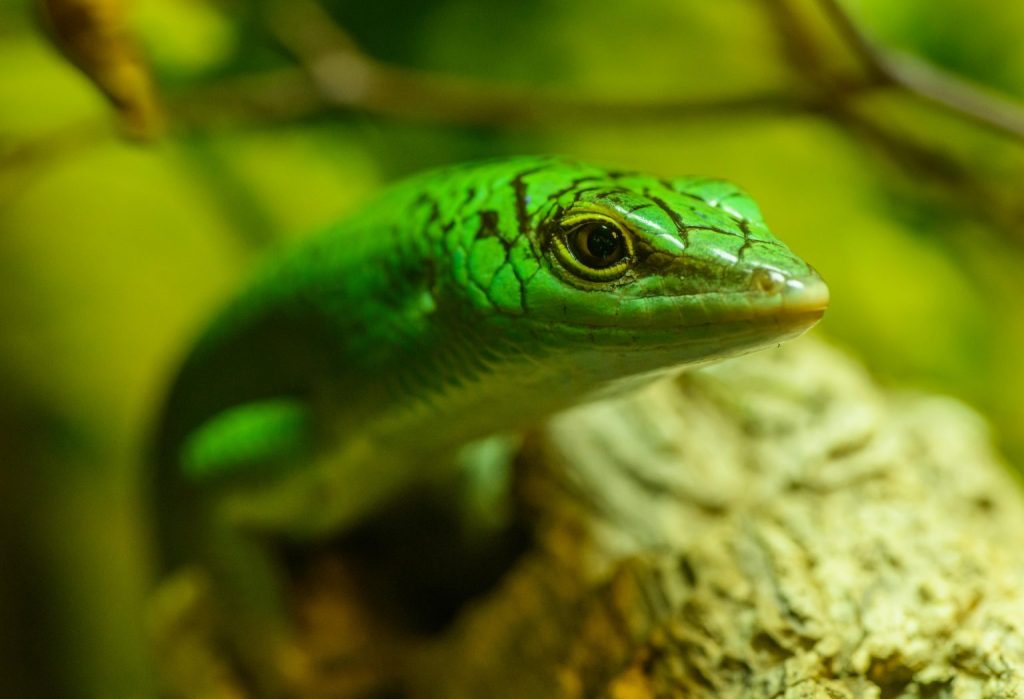
Health and Durability
Emerald Tree Skinks are generally hardy when kept in optimal conditions, but they can be sensitive to environmental changes. Here are some key points to keep in mind:
Common Health Issues
- Metabolic Bone Disease (MBD): Caused by inadequate UVB exposure or calcium supplementation.
- Dehydration: Occurs if humidity levels are too low or if they don’t have access to clean water.
- Respiratory Infections: Can result from inconsistent temperatures or poor ventilation.
Preventative Care
- Maintain proper humidity and temperature levels.
- Provide a balanced diet with calcium and vitamin supplements.
- Regularly clean the enclosure to prevent bacterial and fungal growth.
With proper care, Emerald Tree Skinks can live for 10-15 years, making them a long-term commitment.
Availability and Cost
Emerald Tree Skinks are not as widely available as more common pet reptiles, but they can be found through specialty reptile stores and breeders.
Where to Buy
- Breeders: The best option, as they can provide healthy, well-cared-for skinks.
- Reptile Expos: A great place to meet breeders and see a variety of skinks.
- Pet Stores: Less common, but some stores may carry them.
Cost
- Skink Price: Wild-caught individuals typically cost $30 to $50, while captive-bred skinks can range from $70 to $100 or more.
- Setup Cost: A fully equipped enclosure with proper lighting, heating, and decorations can cost $300 or more.
Pros and Cons
Pros
- Stunning Appearance: Their bright green coloration is truly eye-catching.
- Interactive and Social: They are curious and enjoy exploring their environment.
- Long Lifespan: With proper care, they can live for over a decade.
- Bioactive Potential: Their natural behaviors make them ideal for bioactive setups.
Cons
- Skittish Nature: They can be difficult to handle and may drop their tails if stressed.
- Moderate Care Requirements: They need specific humidity, temperature, and lighting conditions.
- Availability: They are not widely available, and captive-bred options are limited.
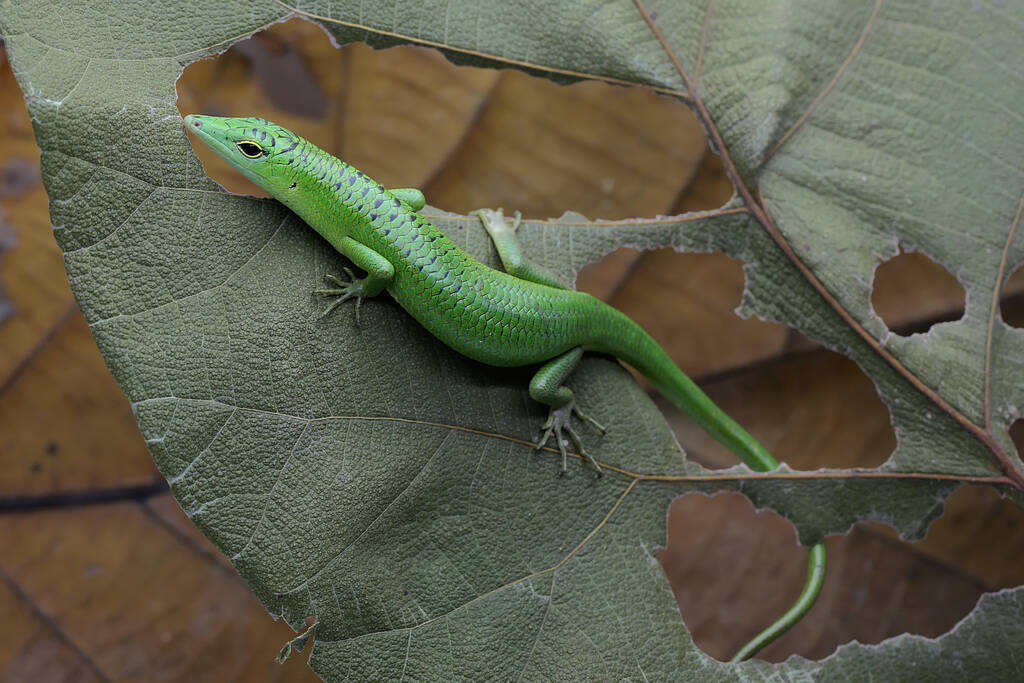
Final Thoughts
Emerald Tree Skinks are a fantastic choice for experienced reptile keepers who want a visually stunning and interactive pet. While their care requirements and skittish nature may not make them ideal for beginners, their vibrant personalities and natural behaviors make them a rewarding addition to any collection.
If you’re considering an Emerald Tree Skink, we recommend visiting a breeder or expo to meet them in person. Their unique charm and beauty are sure to win you over.
Have you owned an Emerald Tree Skink? Share your experiences and tips in the comments below! We’d love to hear how you care for your lizard and what makes them special to you.
For more reptile care tips and reviews, stay tuned to our blog and don’t forget to subscribe to our newsletter! 🦎

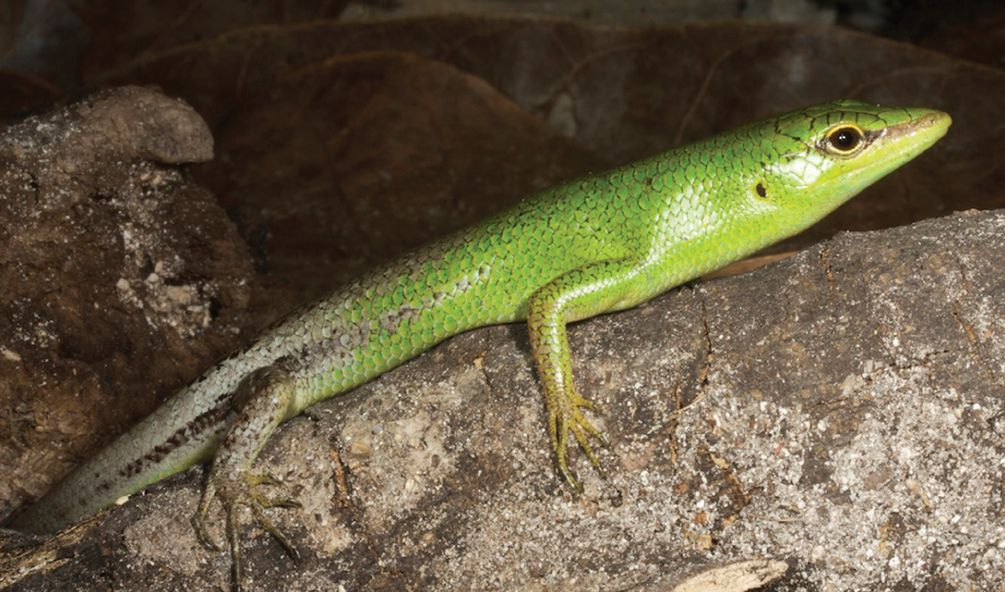

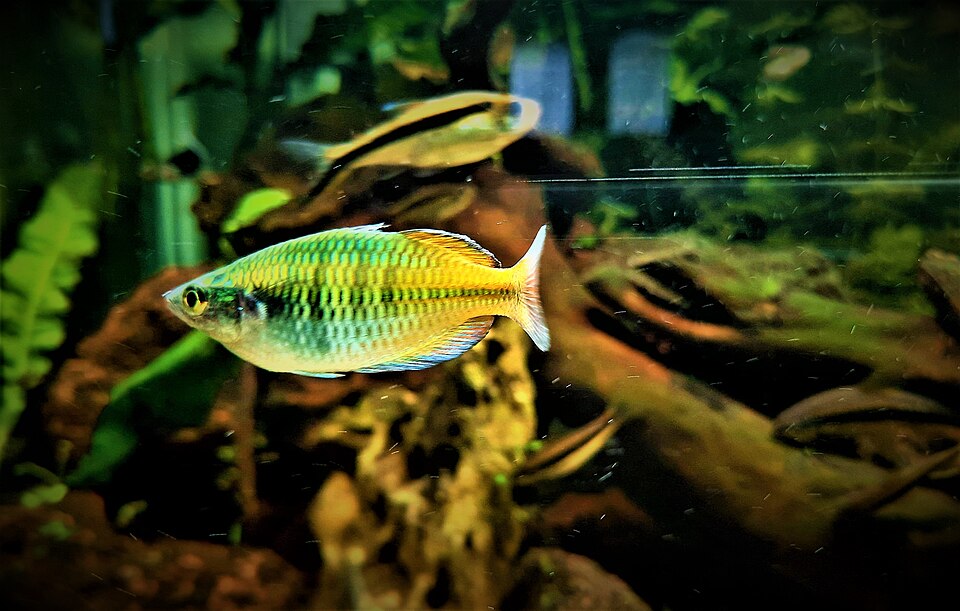
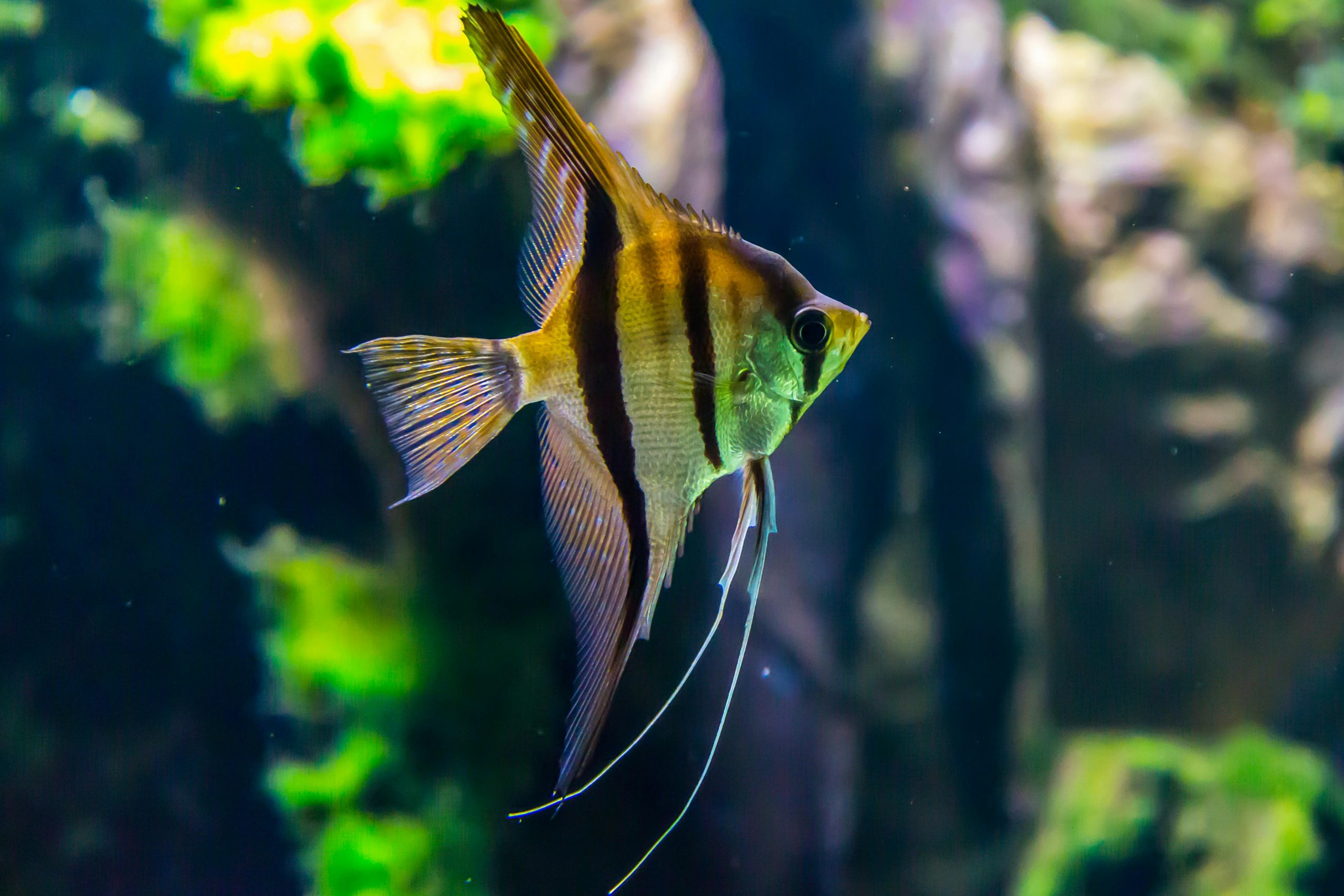
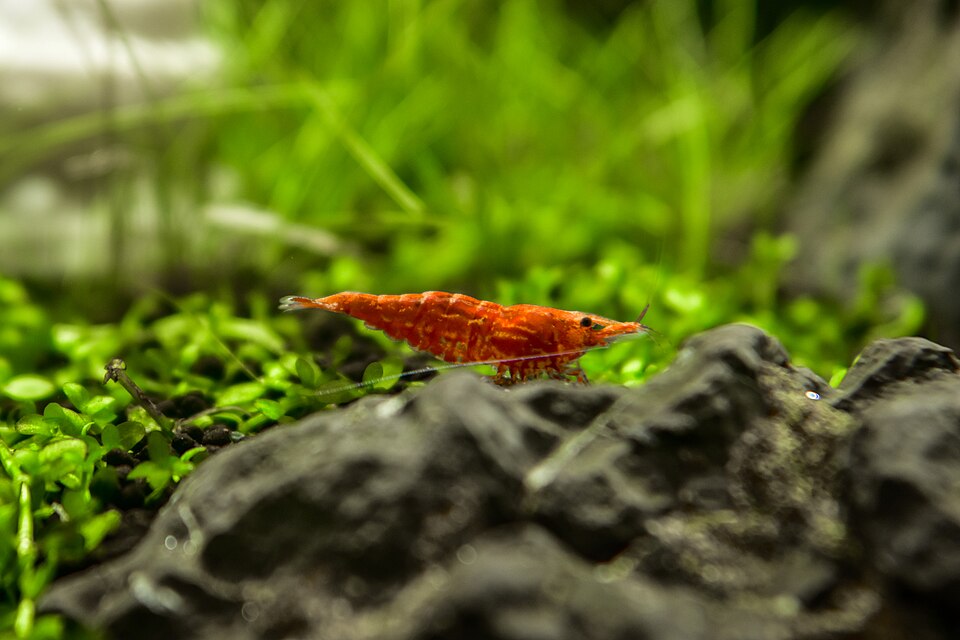

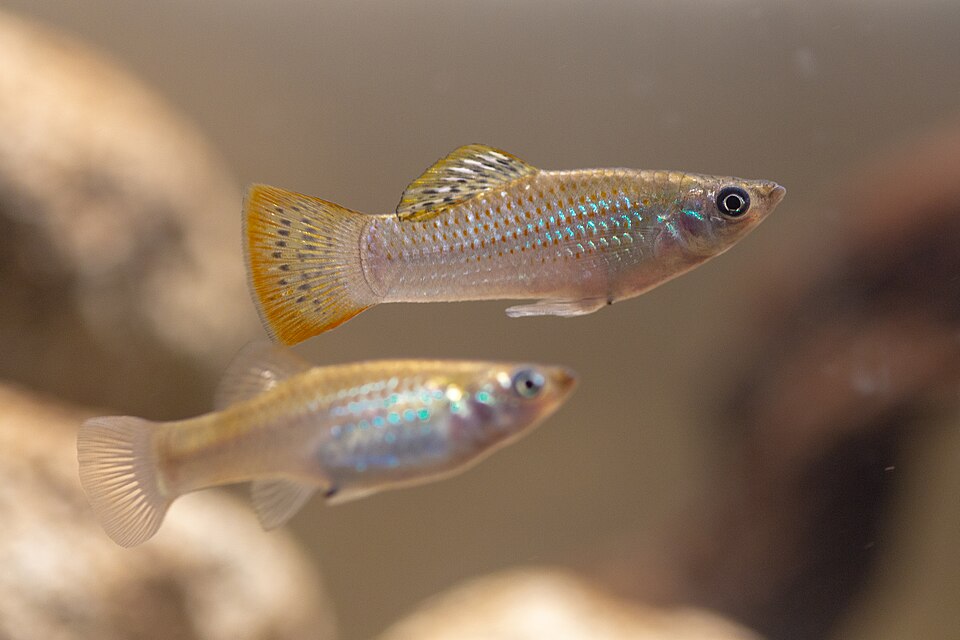
Leave a Reply